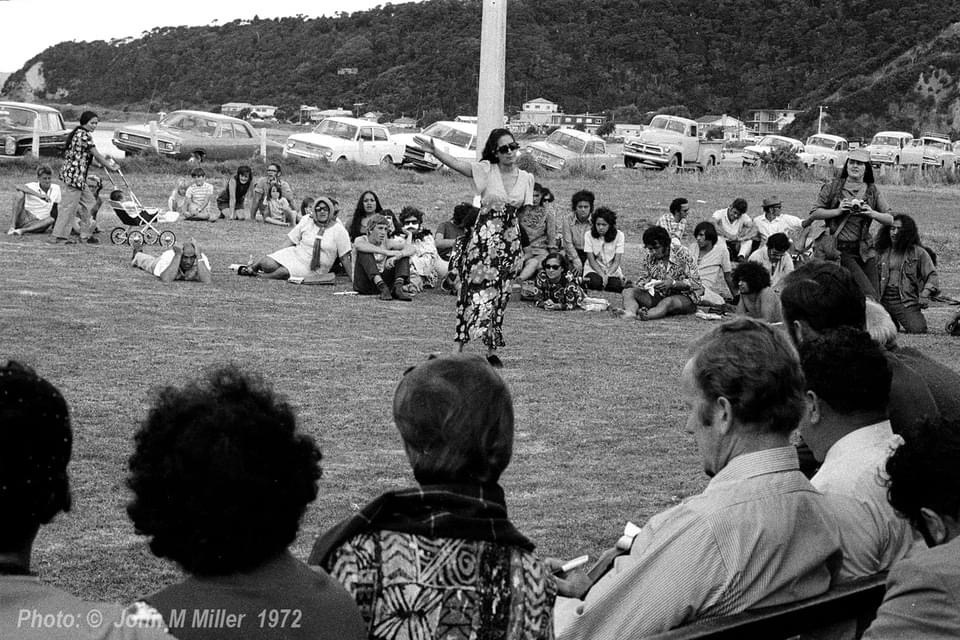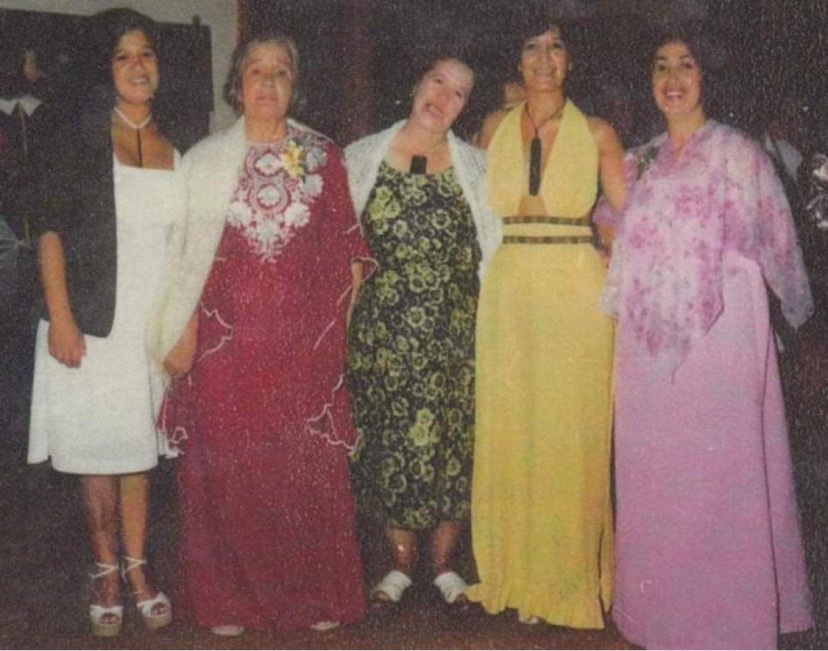Hana Te Hemara (1940 – 1999) was one of the founding members of Ngā Tamatoa.
She was a prominent Māori leader and activist who was passionate about the revival of the Māori language.
Her name and her embodiment as a person is the inspiration behind the I am Hana project.
Hana (Te Atiawa, Ngāti Raukawa, Ngai Tahu) was the seventh of 12 children, born in Kaipakopako (Bell Block) and initially educated in Waitara, Taranaki. Her whānau moved to Mangakino (central North Island) along with many other whānau from within Taranaki, where her father Apera Heta William Te Hemara worked building the dams at Karapiro, Arapuni, Waipapa and Whakamaru.
Within that Māori community she was raised with the values her mother Ruihi [Lucy] nee Goffe epitomised, that of upholding your independence while supporting your whānau. Hana carried these traits into her marriage with Syd Jackson where she became the sole income earner for the whānau working at the Auckland Telephone Exchange while her husband completed his Masters in Political Science at the University of Auckland. As her social consciousness evolved during a time of urban Māori growth and upheaval, her natural instincts of whanaungatanga expanded into the wellbeing of Te Ao Māori (the Māori world). This culiminated in herself and Syd aligning with other like-minded Māori and led to the founding of Ngā Tamatoa in the 1970s.
On 14 September 1972, Hana along with Rawiri Paratene, Lee Smith and other members of Ngā Tamatoa, Te Reo Māori Society and supporting groups and kaumatua presented a petition of over 30,000 signatures to parliament to prioritise the revitalisation of Te Reo Māori.


On 14 September 1972, Hana along with Rawiri Paratene, Lee Smith and other members of Ngā Tamatoa, Te Reo Māori Society and supporting groups and kaumatua presented a petition of over 30,000 signatures to parliament to prioritise the revitalisation of Te Reo Māori.
This day later became Māori Language Day in recognition of the mobilisation of support behind the petition. Then in 1975 it was expanded to become Māori Language Week, now known as Te Wiki o Te Reo Māori.
This milestone was not a one-off event. Rather it was a culmination of a number of initiatives and milestones that Hana and Ngā Tamatoa championed from the 1970’s to the mid-1980’s.
Their push for real social and political changes in Aotearoa and challenging of successive governments to honour the Treaty of Waitangi, created the foundation, and the genesis of movements that campaigned for the inclusion of te reo Māori in the classroom. This was followed by the establishment of Māori language nests, kōhanga reo, and the kura kaupapa Māori immersion schools in the early 1980’s.


Hana was also at the forefront of a number of other important Māori kaupapa in relation to the Māori Arts & Crafts movement, Māori fashion, MWWL and Māori tourism and business. She was a key part of the Tu Tangata programme to grow future Māori leaders in the early 1980’s working alongside other notable leaders of the time such as Sir Howard Morrison, Sir Tamati Reedy, Kara Puketapu, and Dame Georgina Kirby.
There were times when her role as a Māori woman leader was challenged and her political stance and actions saw her demonised by the media, general public and even her own community. But she always presented herself with humility and grace, never letting the criticism or difficult times deflect her from the responsibility of ensuring the rights of her people were always at the forefront of leaders in the Māori community or in government.
Syd Jackson and Hana were married in 1961. Syd was also a notable Māori activist, leader and trade unionist. Together they raised two children, Pura Jackson and Ramari Jackson-Paniora. Hana passed away on 10 October 1999, aged 59, from cervical cancer.


Copyright © i am Hana All Rights Reserved